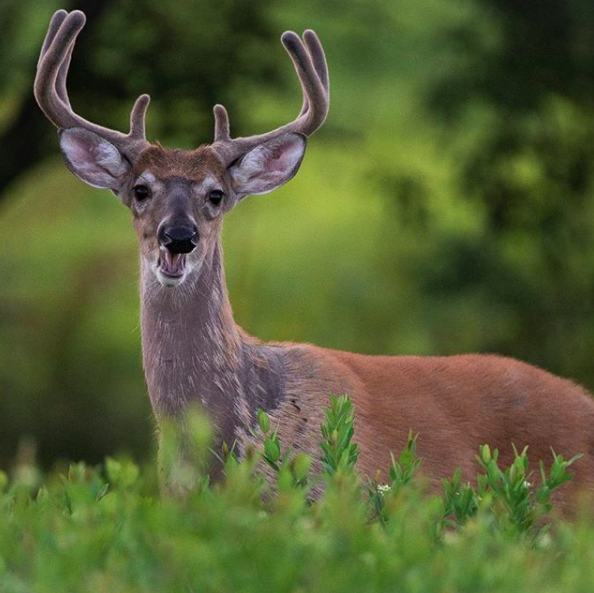How To Find A Whitetail's Fall Range
Have you tried to relocate a buck after he’s disappeared during the shift? It can take a while to find bucks after they disperse into their fall ranges, so don’t lose hope too soon. Tim from Ohio, asks Bill Winke of Midwest Whitetail this exact question. What are the chances that a buck will reappear or hang out in the same area? Bill says there is most likely less than a 50% chance that he will hang around the same area a week after he sheds his velvet. This is the perfect time to begin your serious trail cam scouting too, after they start dispersing into their fall ranges. A large percentage of bucks relocate each year to a new fall range right around the time they shed their velvet.
“I think it is probably less than 50% that he will still be using the same range a week after he sheds his velvet.”
Midwest Whitetail
Deer change their patterns, and adjust their behaviors during late August and early into September. As hunters, it’s important that we shift and adapt alongside them. Bill Winke suggests keeping cameras out of bedding areas and focusing on fringes that are more accessible. You have to methodically cover your entire hunting area trying to find them back. Some will still be on your property and some will be gone, maybe only to reappear the next summer.
“I keep my cameras out of bedding areas and focus on fringes where I can access them easily.”
Winke places cameras over bait, usually bags of corn, to cover more ground efficiently and in less time. Relying solely on natural movement to find these bucks (cameras on scrapes, for example), it would take a lot longer to cover a property. This makes it easier to identify and hypothesize about potential future bedding areas and travel patterns.
For more insight on chasing whitetail deer, check out Midwest Whitetail on Waypoint TV.












